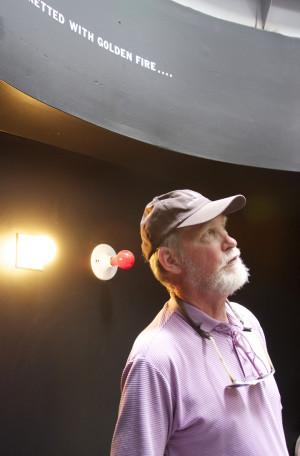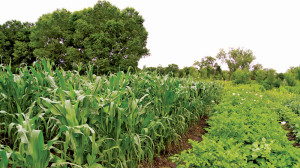By C.C. Havens – Writers on the Range
I keep thinking about Mary, a woman I never met. I Googled her name looking for her obituary, but I kept getting the same headlines of the articles I’ve already read too many times: “Woman dies in Pine Creek rafting accident.” “Texas woman drowns while rafting the Arkansas River.”
When her obituary is posted, I’m still not appeased. I want to know what she looked like, beyond the smiling photograph on the funeral home’s website. I want to know how long she was married to the husband who lost her so unexpectedly. I want to know what she lived for. I think I already know what she died for.
I’ve learned what I can from the Internet and from my husband, a rafting guide. It was just by chance that he wasn’t on the trip that took Mary’s life that day in late July.
He could have been the anguished guide who got tossed out of his raft at the entrance to the Class V rapid on Colorado’s Arkansas River. The guide was unable to help his three clients, including Mary, who landed in the river when the boat hit the next powerful hydraulic.
He could have been the kayaker, known as a “safety kayaker,” who was positioned below them on the river. The kayaker watched in horror as two people got sucked into the rapid’s massive hole that can recirculate swimmers before spitting them out into a half-mile stretch of heavy whitewater called Triple Drop. He managed to get the tail of his boat near Mary’s hand just as she lost the ability to grab on.
Or it could have been me – my husband’s frequent, non-paying client for the past 12 years – who died. This awareness was even starker for my husband, who happened to come upon the scene just as Mary’s husband learned that, though he survived the rapid, his wife did not.
I’ve been told so much about the last 20 minutes of Mary’s life. But I want to know about the rest of it.
I want to know this woman, who chose to vacation in the Arkansas River Valley, which despite its name is pure Colorado. I want to know the woman who came to the middle of the state in the middle of summer, to the center of the universe for outdoor recreationalists, with the 14,000-foot peaks of the Collegiate Range creating a stunning backdrop to some of the best, most classic whitewater runs in the world.
I want to know the woman who chose to raft this river. Because even though I’ve been running whitewater for 12 years, I never actually chose it. The river was a non-negotiable part of the package I got when I fell in love with a rafting guide. I’ve done my best to embrace the situation. I’ve tried anthropomorphizing the river as my man’s femme fatale mistress. I’ve tried thinking of the river as spiritual, an expression of the divine feminine by calling it “Her.” I’ve even tried to make friends with the river even as I’ve stood shaking in my neoprene booties, scouting rapids.
I’m not brave. I run rivers for love, for the beauty and the most adolescent reason: All our friends are doing it. But five days before Mary’s accident, when my husband and all our guide friends prepared for the inaugural training run through the Pine Creek Rapid – because it was finally getting close to a commercially runnable level – I was happy to forego the neoprene and take a camera instead.
I hunkered down on land opposite that monster of a hole for over two hours as the river guides scouted it, ran safety lines, and eventually got three boats and two kayakers through with lots of whoops, relieved smiles and high fives. Afterward, there was that sense of exhilaration everyone seems to feel after an afternoon of not-dying.
Later that week, as my husband and I clung to each other in the aftermath of the tragedy, we found ourselves asking: Why would she – and it’s the river I’m talking about here – do this? And why exactly do we keep running a river that has already taken seven lives (in boating-related accidents) this year?
We came up with the same answer for both questions: The river is wild. That is why she did this, and it is also why we do this. Mary did it for her own reasons, ones that I will never know.
So I guess I must rest in the assumption that she was no different than anyone who is drawn to dangerous adventure in the West. What we live for and what we risk dying for are often one and the same.
C.C. Havens is a contributor to Writers on the Range, a column service of High Country News (hcn.org). She blogs about nature from her cabin in Colorado.


